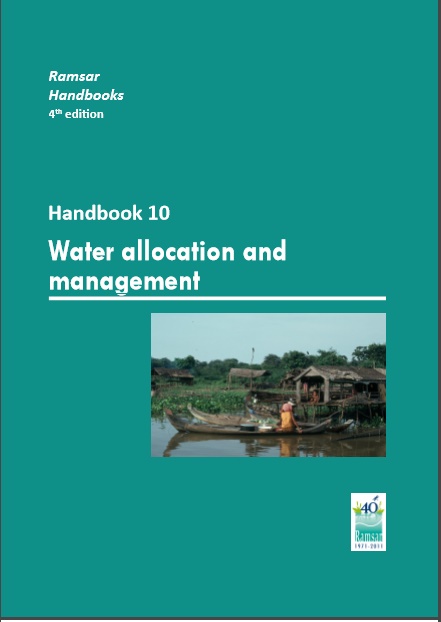
The preambular text of the Convention on Wetlands (Ramsar, Iran, 1971) recognizes the “fundamental ecological functions of wetlands as regulators of water regimes and as habitats supporting a characteristic flora and fauna.” Furthermore, Article 2.2 of the Convention, concerning the designation of Wetlands of International Importance, indicates that wetlands should be selected for the List for, inter alia, their international significance in terms of hydrology. The Convention has increasingly recognized not only that wetlands play a vital role in the hydrological cycle, but that to secure their conservation and wise use it is essential that they be managed in the wider context of basin-scale and water resource management. The links between water and wetlands are fundamental. Wetlands are ‘water providers’, processing and purifying water. They are also ‘water users’: they need a certain amount of water input if they are to continue to supply the water output, not to mention the many other services and products they provide for humans. And wetlands typically perform many functions that could be described as purification of water, so much so that artificial wetlands are now being created for just this purpose. The challenge is to find ways of securing appropriate allocations of water to wetlands in the face of increasing water demand and diminishing water supply through over-abstraction and the effects of increasingly prolonged droughts and desertification in many parts of the world.